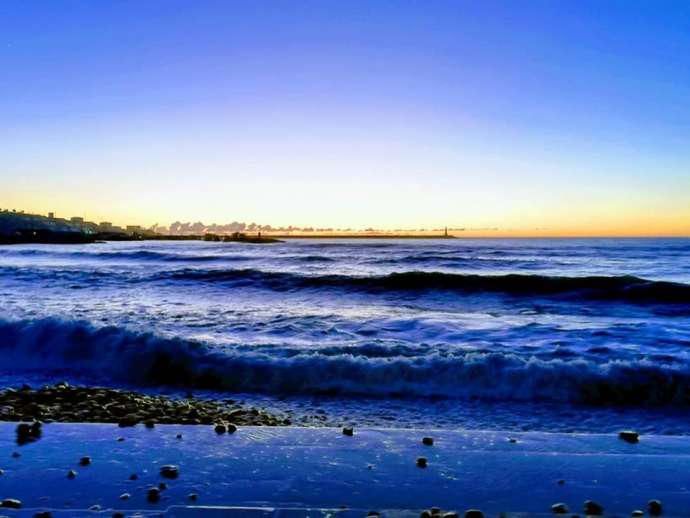October 11, 2020 - After government changes, there are ever more proposals to decentralize the Public Company Morsko Dobro and return coastal management to coastal municipalities. Recently, such a request was heard from the local government in Herceg Novi. Criticism aimed at Morsko Dobro also arrived from Budva.
The public company Morsko Dobro is one of the state-owned companies that rank high on the wish list of political parties taking over power in Montenegro. The company's management position, controlling the valuable area of the Montenegrin coast is desired by many. The public is already bidding on possible candidates' names for the chair of the for-profit government company that Predrag Jelusic, the first man of Budva's DPS, has occupied since 2016, with a monthly salary of 2,852 euros.
Morsko Dobro was founded back in 1992, taking control of the Montenegrin coast's valuable area, and has been alternately managed by prominent party cadres of the DPS or SDP. During the rule of the DPS-SDP coalition at the state level, the company was mostly in the hands of a smaller coalition partner whose members found prosperity at the company's headquarters in Budva under very favorable conditions, with high salaries and many other benefits. Party cadres were also appointed to the seven-member Board of Directors of the company.
A marine good is a good of general interest that serves public use and enjoys a high level of protection, states one article of the Law on Marine Goods. Simultaneously, the Law on State Property defines it as a good, in general use, available to everyone under the same conditions. However, in practice, it has turned out that some are still more equal than others and that the most beautiful parts of the public good, in various ways, have passed into the hands of privileged and businessmen and foreign investors close to the authorities. While the citizens of Montenegro have been convinced countless times that the accessibility of the sea coast is "for everyone under the same conditions," it is a mere untruth and a legal dead letter.
The Montenegrin coast is 300 kilometers long. It covers about 18.50 percent of the state territory, from the mouth of the river Bojana in Ulcinj to Cape Kobila in Herceg Novi. More than a third of the country's gross domestic product is tied to that narrow coastal belt, a real "golden egg" of Montenegro. By exploiting beaches, ports, marinas, waterfronts, parks, pontoons, islands, and promenades, zones for the development of elite tourism, through the installation of temporary facilities, leases, and concessions, the state coffers were filled at the expense of those of municipalities. However, under the coast's current status under the command of the Ministry of Sustainable Development and Tourism, which brings plans and programs for the use of the coast, there is complete chaos. Coastal management was accompanied by corruption, rigging of tenders for the lease of beaches and facilities to privileged persons close to the DPS or SDP. There were often real small clan wars over the lease of the best beach locations. The past period is also characterized by dramatic devastation of the coastal area, the concreting of the coastline, and illegal construction in more attractive places.
Taxt by Branka PLAMENAC, Monitor








